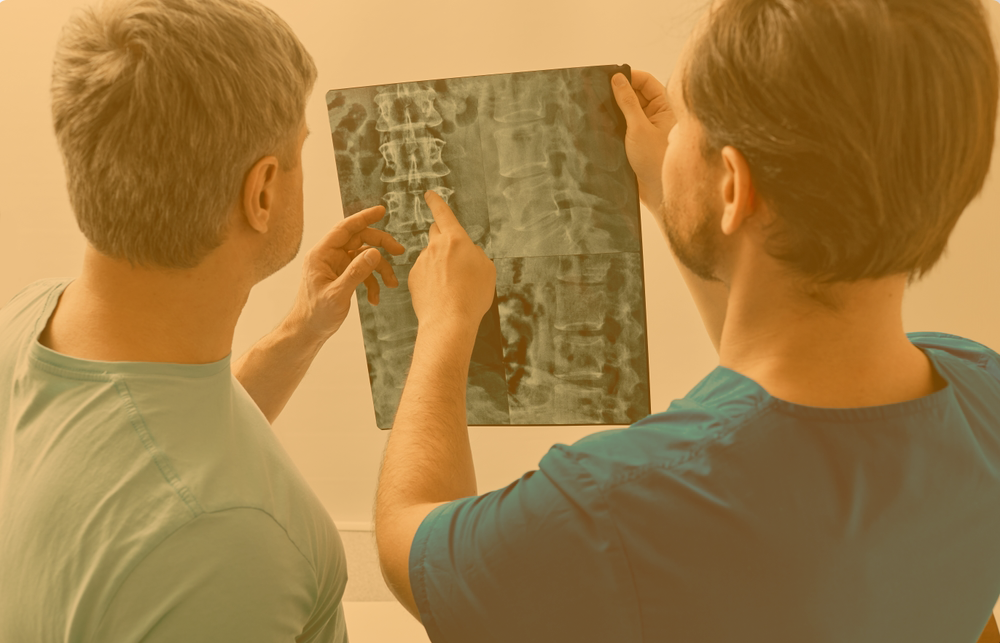
Do you often suffer from back pain or have mobility issues? Chiropractic manipulation might be your gateway to better health and improved quality of life.
Chiropractic care, a non-invasive alternative medicine, primarily focuses on treating neuromusculoskeletal complaints. This branch of therapy mainly involves manual techniques, with chiropractic manipulation or adjustment being the most common.
Chiropractic therapy originated in the late 19th century, thanks to D.D. Palmer’s tireless work. Over time, this practice has developed and is now accepted and practiced globally, addressing various conditions beyond back and neck pain.
The most common reason people seek chiropractic care is pain management. Chiropractic manipulation can provide relief for chronic back pain, neck pain, headaches, and more.
Regular chiropractic care can improve joint mobility, function, and health. It also makes muscles more flexible, improving overall movement and coordination.
Years of poor posture can lead to spinal misalignments. Chiropractic manipulations can help realign your spine and improve your posture.
Some research suggests that chiropractic manipulations may boost your immune system. A healthy immune system is essential for overall health and wellness.
Some patients might experience minor side effects post-treatment, such as fatigue, headaches, or discomfort in the parts of the body that were treated.
Serious risks, such as stroke or vertebral artery dissection, are extremely rare but can occur. Always consult with a professional chiropractor who can evaluate your specific needs and conditions.
Chiropractic manipulation involves several techniques designed for different purposes.
This high-velocity, low-amplitude (HVLA) technique involves applying a short, quick thrust to a spinal joint.
This focuses on joints that aren’t in the spine, like the joints in the arms or legs. It can help relieve pain and improve the function of these joints.
